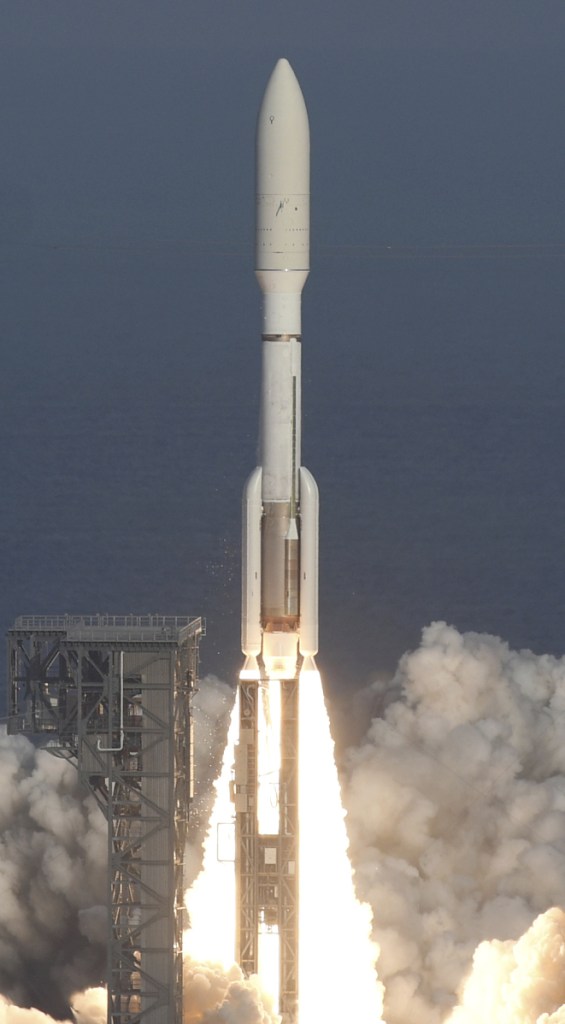CAPE CANAVERAL, Fla. — NASA launched another of the world’s most advanced weather satellites Thursday, this time to safeguard the western U.S.
The GOES-S satellite thundered toward orbit aboard an Atlas V rocket, slicing through a hazy late afternoon sky. Dozens of meteorologists gathered for the launch, including TV crews from the Weather Channel and WeatherNation.
GOES-S is the second satellite in an approximately $11 billion effort that’s already revolutionizing forecasting with astonishingly fast, crisp images of hurricanes, wildfires, floods, mudslides and other natural calamities.
The first spacecraft in the series, GOES-16, has been monitoring the Atlantic and East Coast for the past year for the National Oceanic and Atmospheric Administration. The same first-class service is now coming to the Pacific region.
Besides the West Coast, Alaska and Hawaii, GOES-S also will keep watch over Mexico and Central America.
It will become GOES-17 once it reaches its intended 22,000-mile-high orbit over the equator in a few weeks, and should be officially operational by year’s end.
“We can’t wait!” tweeted the National Weather Service in Anchorage just before the rocket soared from Cape Canaveral Air Force Station.
Send questions/comments to the editors.




Success. Please wait for the page to reload. If the page does not reload within 5 seconds, please refresh the page.
Enter your email and password to access comments.
Hi, to comment on stories you must . This profile is in addition to your subscription and website login.
Already have a commenting profile? .
Invalid username/password.
Please check your email to confirm and complete your registration.
Only subscribers are eligible to post comments. Please subscribe or login first for digital access. Here’s why.
Use the form below to reset your password. When you've submitted your account email, we will send an email with a reset code.